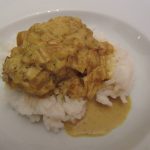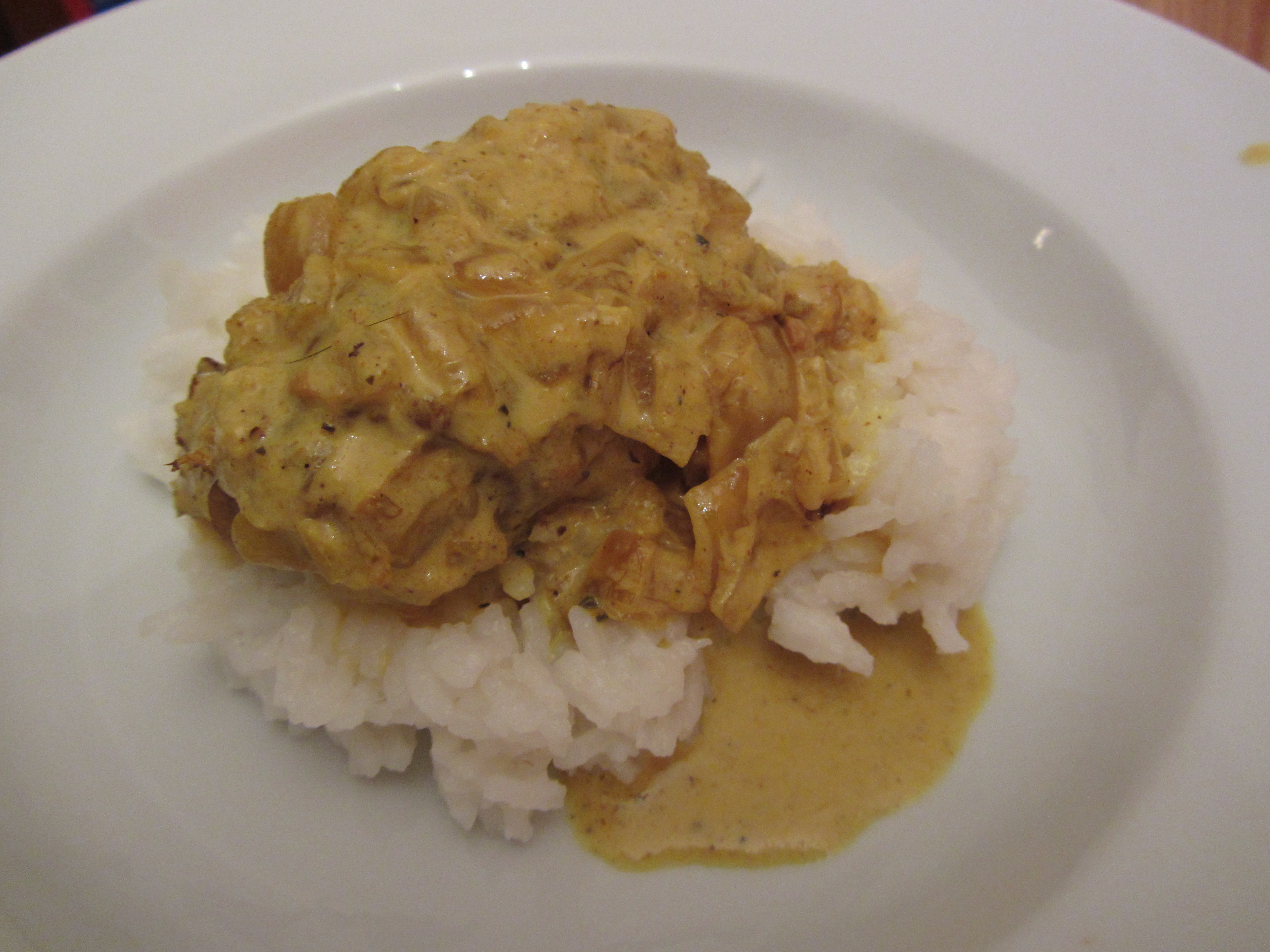This post was written by Olivia Robertson, summer intern at the Smithsonian Libraries Research Annex and student at Goucher College. As an intern at the Smithsonian Libraries Research Annex (SLRA), more »
Author: Daria Wingreen-Mason
In honor of Halloween and the very last day of Archives Month, we present you with this creepy cool look at an unusual printing example in our collection, one that uses the wings of real butterflies. This post was written by Daria Wingreen-Mason, Special Collections Technical Information Specialist in the Joseph F. Cullman 3rd Library of Natural History.
 The origin of curry, the saucy, spiced dish celebrated in India and Great Britain, is not exactly known. But it is now thought that similarly spiced dishes were developed concurrently, but independent of each other, in England and in India thanks to the spice routes that spanned from Asia and into Europe. Exotic spices like turmeric and pepper made their way into England during the conquests of the Romans in 40 AD and the Moors in 711 AD, and came in handy during Middle Ages when highly seasoned meats could make aging meat more palatable.
The origin of curry, the saucy, spiced dish celebrated in India and Great Britain, is not exactly known. But it is now thought that similarly spiced dishes were developed concurrently, but independent of each other, in England and in India thanks to the spice routes that spanned from Asia and into Europe. Exotic spices like turmeric and pepper made their way into England during the conquests of the Romans in 40 AD and the Moors in 711 AD, and came in handy during Middle Ages when highly seasoned meats could make aging meat more palatable.
A very belated Happy 108th Birthday to Theodor Seuss Geisel! Better known as Dr. Seuss, Theodor (born on March 2nd, 1904) was not always a children’s book author. During the more »
Blogs across the Smithsonian will give an inside look at the Institution’s archival collections and practices during a month long blogathon in celebration of October’s American Archives Month. See additional more »
It is not hard to find special collections librarians who believe that there are no duplicates, meaning that no two printed items made by hand are the same, even if from the same type, plate, or press.
…April Fools! But there was a time when science wasn't so exact. In the 16th century when the natural sciences were just beginning to be developed and scientists were just more »

